Fish
View All Tags
In addition to its connection to sustenance, the fish was often seen as a symbol of fertility. Many of the gods and goddesses associated with fertility, such as Demeter and Poseidon, were connected to the sea and its creatures. The fish’s ability to reproduce in large numbers made it a fitting symbol of fecundity, and the creature was sometimes associated with the fertility of the earth, especially in coastal areas where fishing was a central part of the economy and lifestyle. Fish, especially those found in abundance, were also seen as symbols of renewal, as they were often linked to the cycles of life, death, and rebirth, themes that permeated ancient Greek mythology and religious practices.
The fish also had deeper spiritual meanings, particularly in its connection to the divine and the underworld. For instance, in the myth of Artemis and Apollo, the twins were said to have turned into fish to escape danger, symbolizing transformation and escape. Similarly, the fish was associated with water deities, particularly Poseidon, the god of the sea, who was often depicted in connection with marine life. Fish represented the hidden, mysterious aspects of the world beneath the waves, aligning with the idea of the unseen and the divine.
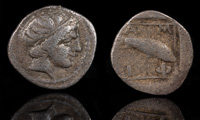
Amphipolis 357-353 BCE
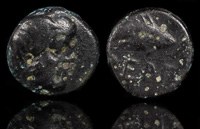
Bergaios. 4th cent BCE
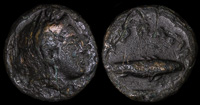
Harpagion, Mysia 400-375 BCE
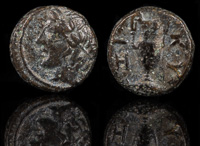
Kyzikos, Mysia 4th century BCE
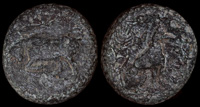
Madytos, Thrace 350 BCE

Pantikapaion 325-310 BCE
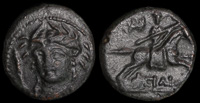
Pherai, Thessaly 300 BCE
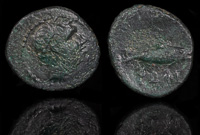
Psophis, Arkadia 350-300 BCE
